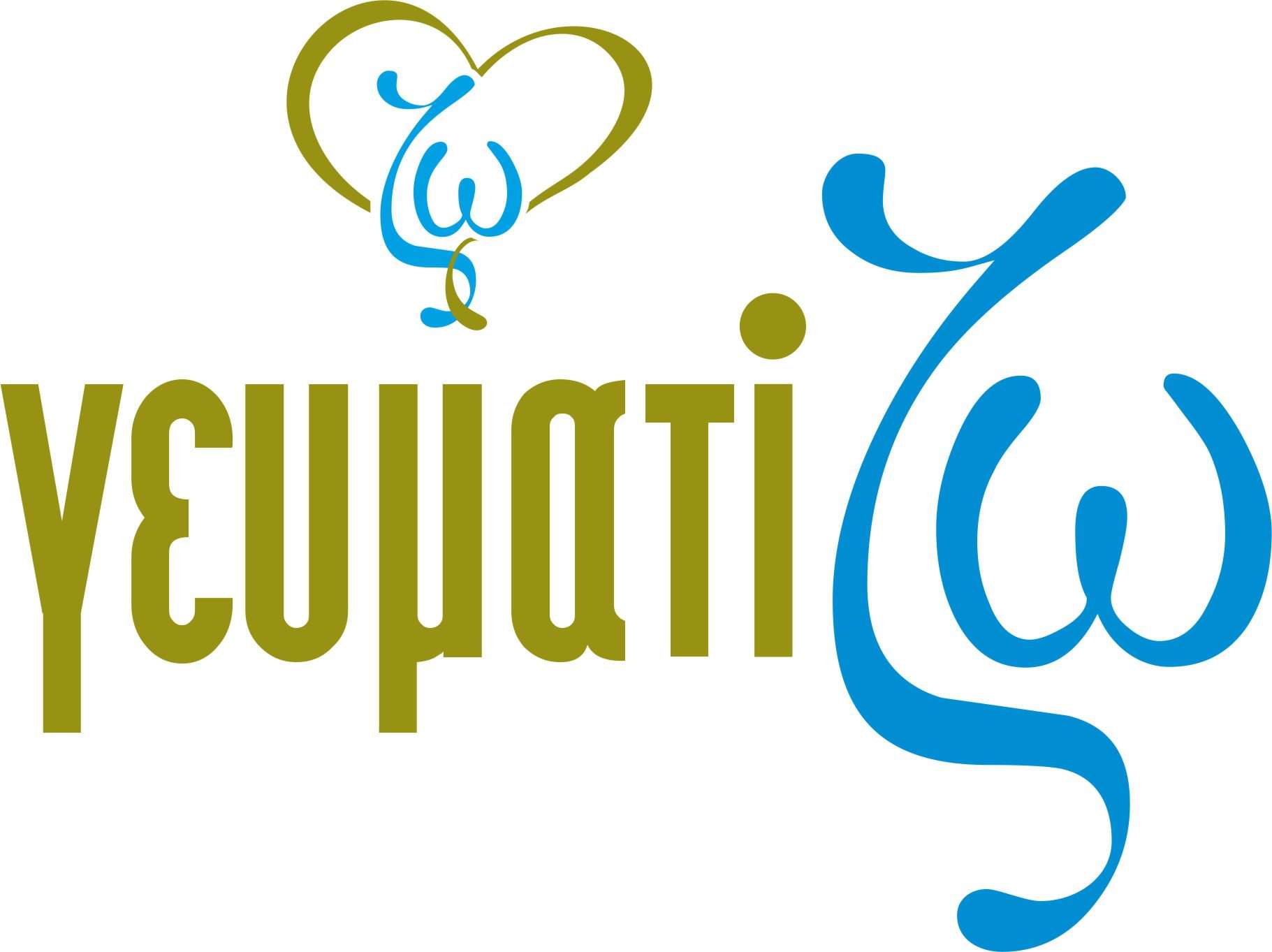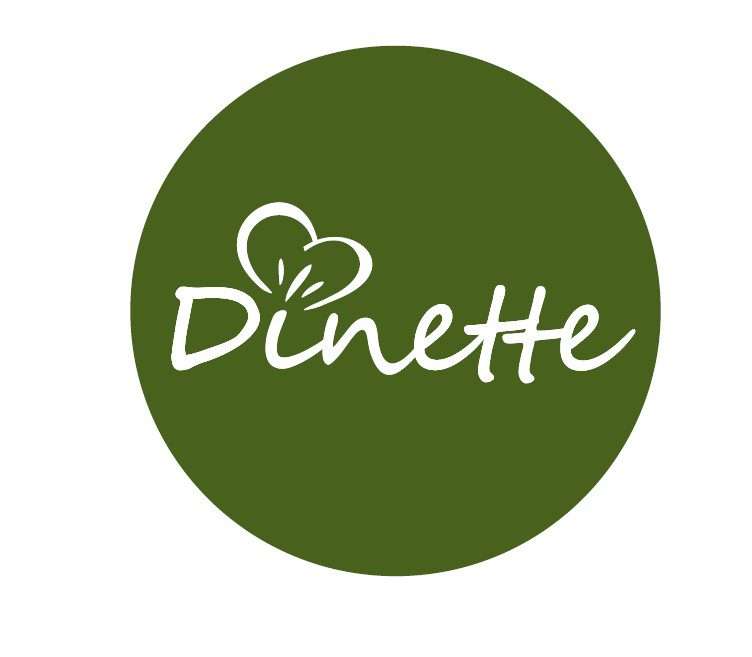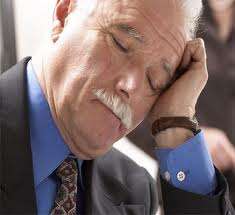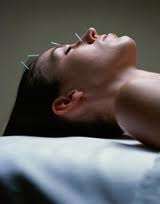Acupuncture (AP) Treatment of Tinnitus
In Traditional Chinese Medicine (TCM) , the Channels of the Bladder (BL), Gallbladder (GB), Kidney (KI), Large Intestine (LI), Liver (LV), Small Intestine (SI), Spleen (SP), Stomach (ST) and Triple Heater (TH) influence ear function. In the Five Phase Theory and its Correspondences , Water Function (KI) has a special affinity for the ears and throat.
Conventional treatment of human tinnitus gives poor success and spontaneous remission is negligible. In contrast, AP twice weekly for 15 sessions, reduced tinnitus in 56% of subjects . Tinnitus of longer duration (>3 years) responded significantly better (p<.01) than that of shorter duration (Lindholm et al 1994). AP is the only treatment which the Kalmar Hospital offers for tinnitus (Larsson 1995). However, a search of PubMed MEDLINE ( http://www.ncbi.nlm.nih.gov/PubMed/medline.html ) on Aug 27 1998 for data on AP and allied methods in the treatment of tinnitus yielded 24 abstracts that reported the clinical results (Rogers 1998).
11/24 papers reported no significant effect of AP-like therapy on the severity of tinnitus. 13/24 papers reported a significant effect, or a possible benefit in tinnitus.
Of those papers that reported some positive clinical effect in 20-40% of patients. This (in comparison to clinical success rates for AP in other conditions) is a disappointingly low success rate. Also, most of the positive papers reported only a partial, or transient, improvement in the tinnitus, with poor long-term improvement. Many patients, however, reported subjective improvement and also improvements in general well-being, such as better sleep, better circulatory function etc. In summary, from a perusal of the Medline data, the clinical efficacy of AP or TENS-like stimulation in the treatment of tinnitus is controversial and of limited value.
To treat tinnitus, or other ear diseases, one may select 2-3 local points (from GB02,20; SI19; ST07; TH17,21 ), 1-2 distant points (from BL23,62; GB40,41; KI03,06,07; LI04,11; LV02,03; SI03,04; SP06; ST36; TH02,03,05 ), and 1 occasional point (from GB08,12; TH20; GV20; TaiYang ) for each session. Trigger points in the cervical or cranial muscles need treatment also. Choice of points can be rotated between biweekly sessions, so that all of the above points are treated during the course of therapy.
The most common ways to stimulate the AP points are by: (a) simple needling and (b) point injection.
(a) In simple needling, 30 gauge acupuncture needles, 10-30 mm long, are inserted into the points. Each needle is twirled (90o left, 180o right etc) and pecked (up and down by 5-10 mm) for 5-10 seconds and then is left in situ for 15-20 minutes. The twirling and pecking is repeated before removal.
(b) Point injection may be used for ear problems in animals. In point injection, 23 gauge standard hypodermic needles are inserted into the points. Each point is injected with 0.5-1.0 ml of 0.5% lignocaine-saline solution.
If there is no indication of a response after 8 sessions (4 weeks), one should stop the experiment.
References:
Larsson,B. (1995) Current Therapy for Tinnitus in the Kalmar Hospital, Sweden. Personal communication.
Lindholm,S., Berg,S., Hybbinette,J.C. & Larsson,B. (1994) Treatment of severe Tinnitus with Acupuncture. Dept. of Otology, Kalmar Hospital (Sweden), Hospital Abstract.
Rogers,PAM (1998) Acupuncture (AP) Treatment of Tinnitus: A Bibliography from MEDLINE Abstracts. Web Journal of Acupuncture / The Medical Acupuncture Web Page.
Philip AM Rogers MRCVS
1 Esker Lawns
Lucan, Dublin, Ireland
e-mail : philrogers@tinet.ie
Πηγή:http://www.acupuncture.gr/





